101 Gardening Secrets Experts Never Tell You
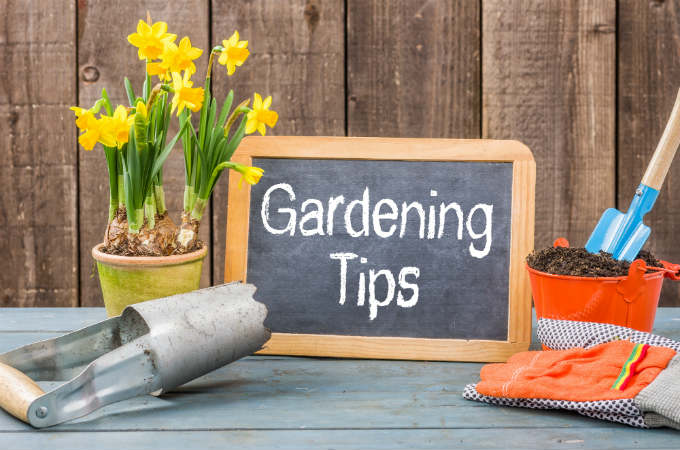
Make sure to like Living Green and Frugally on Facebook, Shop at amazon to help support my site and explore our PINTEREST BOARDS for innovative ways you can become self-sufficient.
Even the most experienced gardener is surprised to find out some of these 101 secrets. From how and when to plant popular plants to how and what to feed and nurture them – plus lots more useful tips and tricks. Planting your garden may be more important than ever.
If you are on a low budget or just want to be more fugal then this article is for you, as it covers ways to save money and stretch that budget. There is advice here for all kinds of gardeners, no matter whether you are looking to grow plants for the garden of the year, or growing food to be more self reliant
Gardening is both an art and a science, offering endless opportunities to connect with nature, cultivate beauty, and enjoy fresh produce. However, even seasoned gardeners hold onto a few secrets that can transform your gardening experience.
Here are 101 gardening secrets that experts rarely share:
Soil and Composting
- Coffee Grounds: Sprinkle used coffee grounds around plants to repel pests and add nitrogen to the soil.
- Eggshells: Crushed eggshells act as a calcium-rich fertilizer and deter slugs.
- Compost Tea: Make a nutrient-rich liquid fertilizer by soaking compost in water for a few days.
- Banana Peels: Bury banana peels near your plants to provide potassium and phosphorus.
- Epsom Salt: Add Epsom salt to the soil to boost magnesium levels, promoting healthy plant growth.
- Soil pH Testing: Use vinegar and baking soda to test soil pH. If it fizzes with vinegar, it’s alkaline; with baking soda, it’s acidic.
- Cardboard Mulch: Lay cardboard around plants to suppress weeds and improve soil moisture retention.
- Fish Emulsion: Use fish emulsion as an organic fertilizer for a nitrogen boost.
- Mycorrhizae Fungi: Introduce mycorrhizae to your soil to enhance plant root systems and nutrient uptake.
- Leaf Mold: Create leaf mold by composting fallen leaves; it’s an excellent soil conditioner.
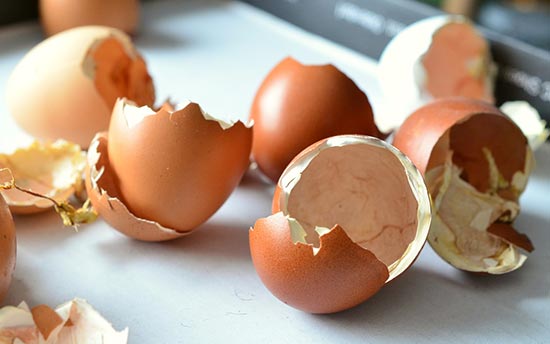
Planting Techniques
- Companion Planting: Pair plants like tomatoes and basil to enhance growth and deter pests.
- Square Foot Gardening: Maximize space by planting in grid patterns.
- Three Sisters Method: Grow corn, beans, and squash together for mutual benefits.
- Crop Rotation: Rotate crops annually to prevent soil depletion and reduce pests.
- Intercropping: Plant fast-growing crops with slower ones to maximize yield and space.
- Seed Scarification: Nick hard seeds with a knife or sandpaper to encourage germination.
- Stratification: Mimic winter conditions by refrigerating seeds before planting.
- Succession Planting: Stagger plantings for a continuous harvest throughout the season.
- Deep Planting: Plant tomatoes deeper than usual for a stronger root system.
- Raised Beds: Use raised beds to improve drainage and extend the growing season.
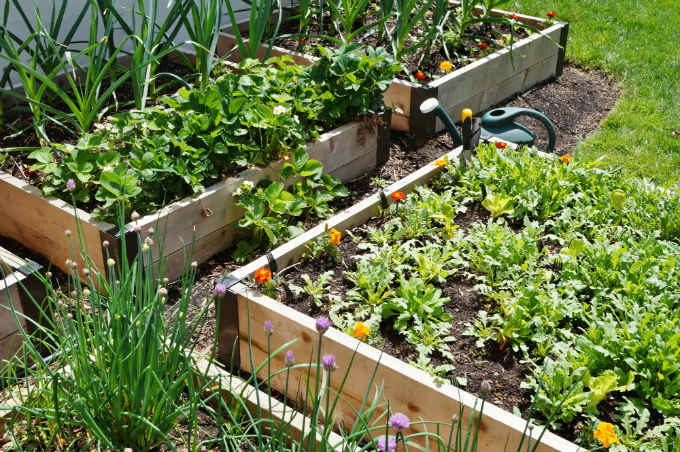
Watering Wisdom
- Morning Watering: Water plants in the morning to reduce evaporation and prevent fungal diseases.
- Drip Irrigation: Install drip irrigation for efficient, targeted watering.
- Rain Barrels: Collect rainwater for a sustainable water source.
- Soaker Hoses: Lay soaker hoses at the base of plants to minimize water waste.
- Mulching: Mulch around plants to retain soil moisture and suppress weeds.
- Hydrogels: Add hydrogels to soil to help retain moisture.
- Gray Water: Use gray water from sinks and showers (not containing harmful chemicals) to water ornamental plants.
- Olla Pots: Bury clay pots in the garden and fill them with water for slow, deep irrigation.
- Self-Watering Containers: Use self-watering containers to ensure consistent moisture.
- Watering Bananas: Bury banana peels in the garden for a natural moisture retention aid.
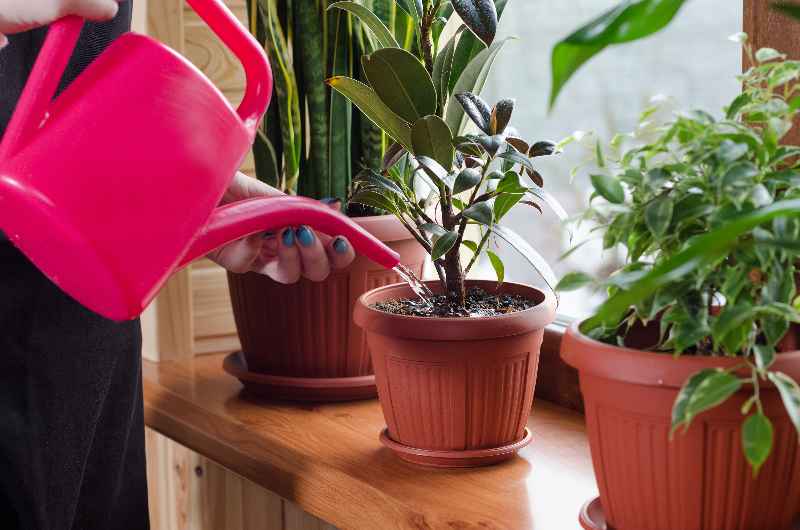
Pest Control
- Neem Oil: Use neem oil to combat a wide range of pests.
- Diatomaceous Earth: Sprinkle diatomaceous earth around plants to deter crawling insects.
- Beneficial Insects: Attract ladybugs, lacewings, and predatory beetles to control pests.
- Companion Plants for Pest Control: Grow marigolds, nasturtiums, and garlic to repel pests.
- Insecticidal Soap: Make your own insecticidal soap using dish soap and water.
- Beer Traps: Use beer traps to attract and drown slugs.
- Garlic Spray: Make a garlic spray to deter aphids and other pests.
- Row Covers: Use row covers to protect plants from insects.
- Sticky Traps: Hang sticky traps to catch flying insects.
- Copper Tape: Place copper tape around pots and beds to repel slugs and snails.
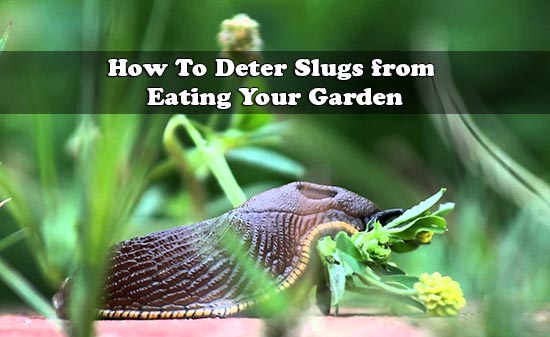
Enhancing Growth
- Aspirin Water: Dissolve aspirin in water and spray on plants to boost their immune system.
- Fish Tank Water: Use water from fish tanks as a fertilizer rich in nitrogen.
- Willow Water: Make a rooting hormone by soaking willow branches in water.
- Cinnamon Powder: Sprinkle cinnamon powder on seedlings to prevent damping-off disease.
- Matchsticks: Place matchsticks in the soil around pepper plants to provide sulfur.
- Hydrogen Peroxide: Mix hydrogen peroxide with water to aerate soil and promote root growth.
- Baking Soda: Sprinkle baking soda around plants to prevent fungal diseases.
- Vinegar Weed Killer: Use vinegar as a natural weed killer.
- Seaweed Fertilizer: Use seaweed to provide essential micronutrients.
- Molasses: Add molasses to compost tea to boost microbial activity.
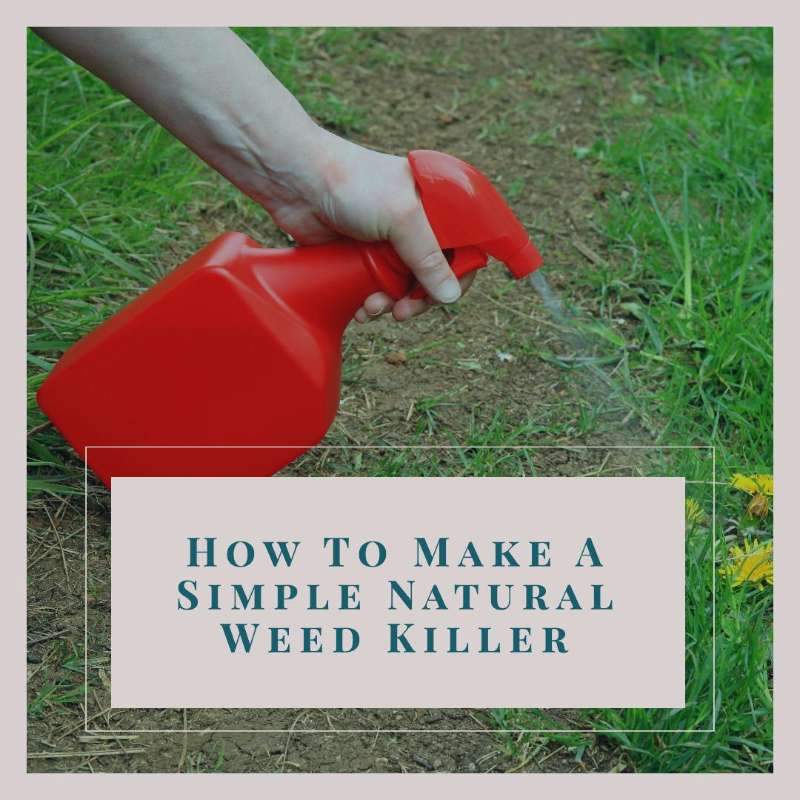
Garden Planning
- Microclimates: Utilize microclimates in your garden for optimal plant placement.
- Season Extenders: Use cold frames, cloches, and row covers to extend the growing season.
- Garden Journaling: Keep a journal to track planting dates, weather conditions, and plant performance.
- Perennial Vegetables: Grow perennial vegetables like asparagus and rhubarb for continuous harvests.
- Vertical Gardening: Use trellises and vertical structures to save space and increase yield.
- Zoning: Group plants with similar water and light needs together.
- Edible Landscaping: Incorporate edible plants into your landscape design.
- Pollinator Gardens: Plant flowers that attract pollinators to boost fruit and vegetable production.
- Shade Gardens: Create shade gardens with plants that thrive in low-light conditions.
- Water Features: Add water features to create a calming environment and attract beneficial wildlife.
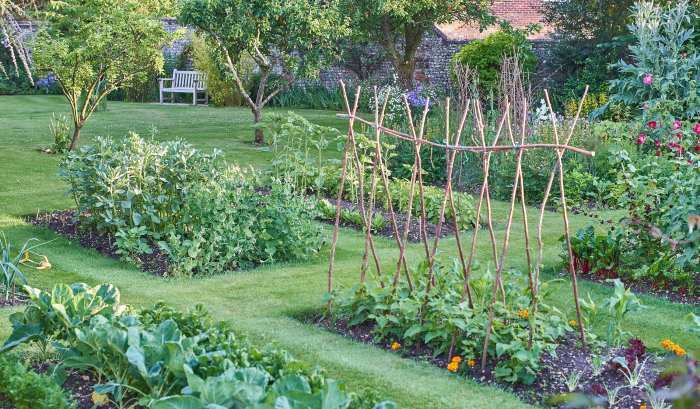
Tools and Equipment
- Clean Tools: Keep tools clean and sharp for efficient gardening.
- Homemade Fertilizer Spikes: Make your own fertilizer spikes from kitchen scraps.
- Tool Maintenance: Regularly oil and sharpen garden tools to extend their lifespan.
- Garden Apron: Wear a garden apron with pockets to keep tools handy.
- DIY Seed Tapes: Make seed tapes using toilet paper and a flour-water paste.
- Worm Composting: Set up a worm composting bin for rich vermicompost.
- DIY Plant Markers: Use painted stones or wooden sticks as plant markers.
- Harvesting Baskets: Use old colanders as harvesting baskets to easily wash produce.
- Repurposed Containers: Use old containers and buckets for growing plants.
- Garden Caddies: Use a rolling garden caddy to transport tools and supplies.
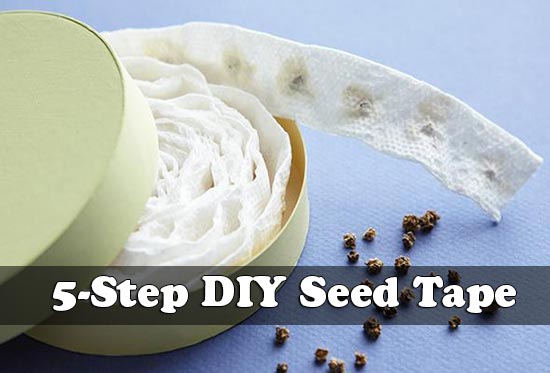
Aesthetic and Practical Tips
- Companion Flowers: Plant flowers like nasturtiums and marigolds to attract beneficial insects and add beauty.
- Living Mulch: Use low-growing plants as living mulch to retain moisture and suppress weeds.
- Garden Lighting: Install solar-powered garden lights for ambiance and safety.
- Pathways: Create garden pathways using stones, gravel, or wood chips for easy access.
- Focal Points: Add focal points like sculptures, birdbaths, or benches for visual interest.
- Hanging Baskets: Use hanging baskets to maximize vertical space.
- Herb Spirals: Create herb spirals for a compact and efficient herb garden.
- Garden Art: Incorporate garden art for a personal touch.
- Color Schemes: Plan color schemes for a cohesive garden design.
- Wind Chimes: Hang wind chimes to add a soothing sound to your garden.
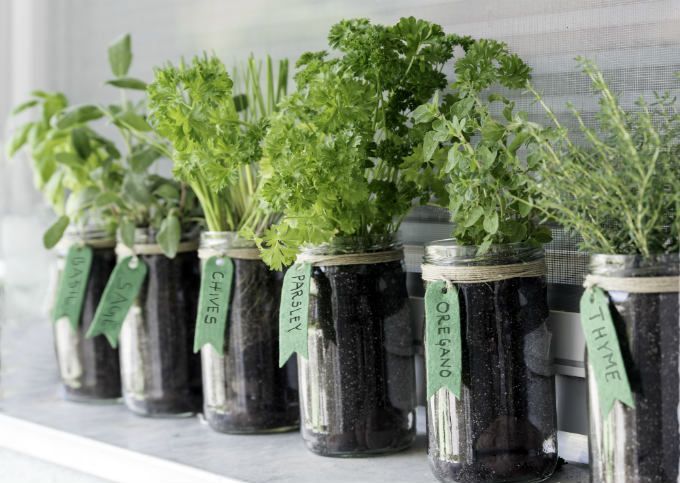
Harvesting and Storage
- Harvest Timing: Harvest vegetables in the morning for the best flavor and texture.
- Curing Garlic and Onions: Cure garlic and onions in a dry, well-ventilated area before storage.
- Storing Root Vegetables: Store root vegetables in sand to keep them fresh longer.
- Freezing Herbs: Freeze herbs in ice cube trays with water or oil for easy use.
- Fermenting Vegetables: Ferment excess vegetables for a probiotic-rich food source.
- Drying Herbs: Dry herbs by hanging them in a cool, dark place.
- Seed Saving: Save seeds from your best plants for next season.
- Cold Storage: Use a cold storage room or cellar to store produce.
- Canning and Preserving: Learn canning and preserving techniques to enjoy your harvest year-round.
- Fruit Storage: Store apples and pears in a cool, humid place to prolong their shelf life.
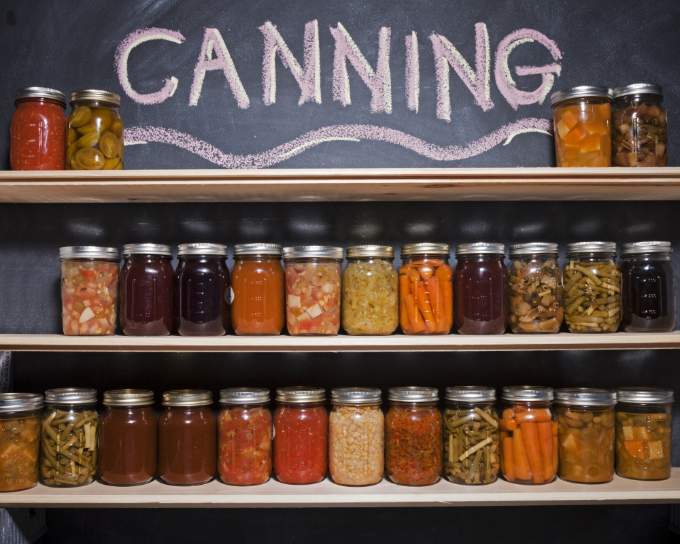
Environmental and Sustainable Practices
- Native Plants: Plant native species to support local wildlife and reduce maintenance.
- Xeriscaping: Use xeriscaping techniques to create a water-efficient garden.
- Organic Practices: Avoid chemical pesticides and fertilizers for a healthier garden ecosystem.
- Bee Habitat: Create habitats for bees and other pollinators to support biodiversity.
- Rain Gardens: Design rain gardens to manage stormwater runoff.
- Composting: Compost kitchen scraps and yard waste to reduce landfill use and improve soil.
- No-Till Gardening: Practice no-till gardening to preserve soil structure and health.
- Shade Trees: Plant shade trees to reduce energy use and provide habitat.
- Water Conservation: Implement water-saving practices like drip irrigation and mulching.
- Permaculture: Apply permaculture principles to create a sustainable and self-sufficient garden.
- Biodiversity: Encourage biodiversity by planting a variety of species.
By integrating these secrets into your gardening routine, you’ll not only enhance the health and beauty of your garden but also contribute to a more sustainable and productive environment. Happy gardening!